Fertilize Grass In Fall For A Lush Lawn In Spring
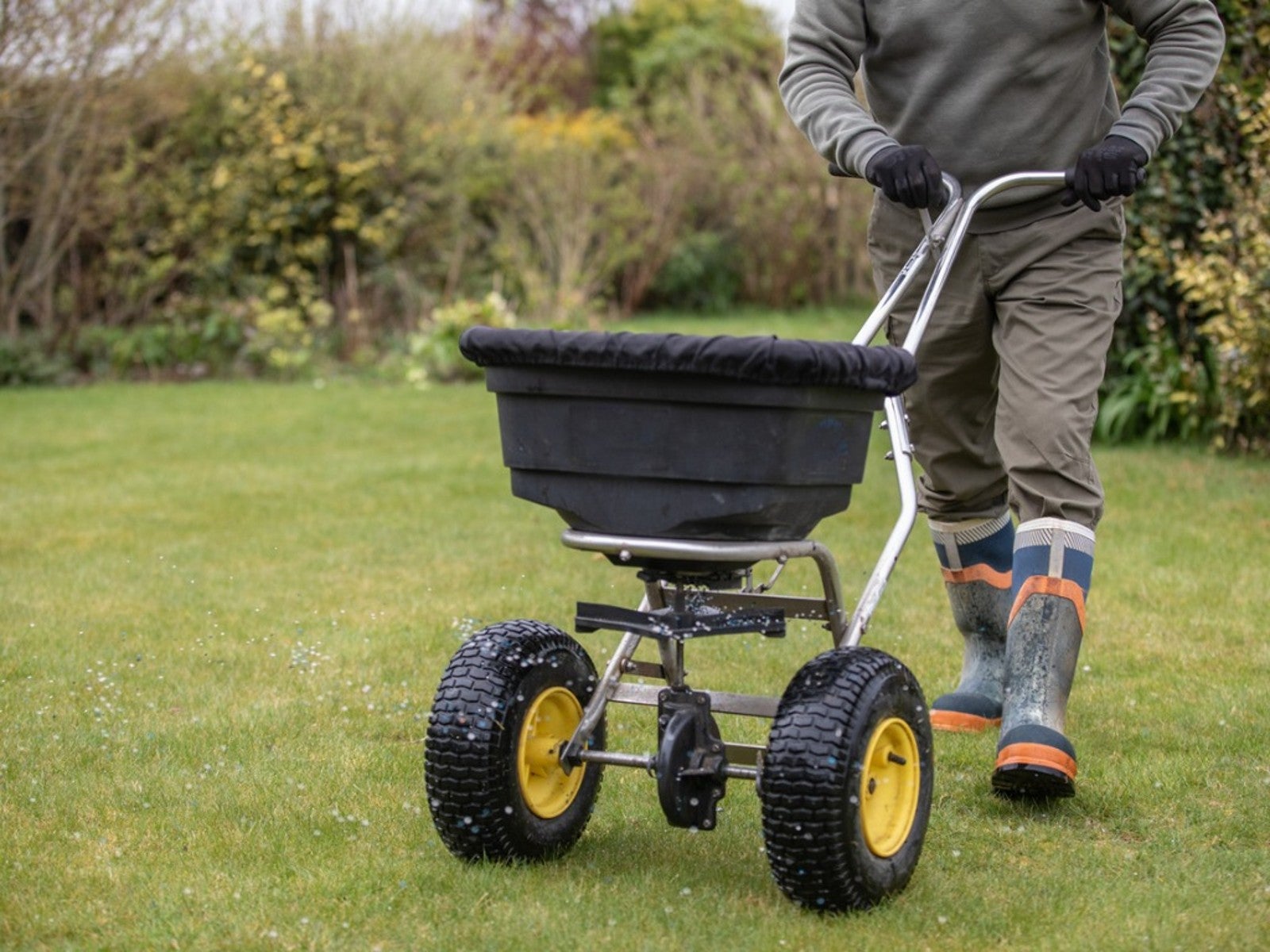

While fall is a great time to fertilize lawns for a healthier, more robust spring growth, it is not a one-size-fits-all affair. Cool season grasses such as fescue and bluegrass need a nitrogen fertilizer going into fall. However, warm season grasses such as bermudagrass and zoysiagrass that are preparing to go dormant may only need potassium to give it a boost during winter. Fertilizing in fall can be simple with a little background information.
Everything You Need To Know About Fall Lawn Fertilizer
Cool Season Grasses
Let’s start with cool season grasses such as fescue, ryegrass, and bluegrass. As days get shorter and temperatures cool down, autumn is an excellent time to add nitrogen to the lawn to improve root systems and store food, without adding a lot of top growth. Then your lawn can sail through winter and be ready for an early spring greenup.
This is also a good time to mention that a soil test, performed about every three years, will let you know how your lawn fertility stands and whether you really need to add fertilizer to your lawn. If you haven’t had the soil checked in a while, your local extension group can help with a soil test for a nominal fee. Private labs also offer soil testing.
You need to know the square footage of your lawn so you can buy enough fertilizer to apply. Generally, the recommendation is 1 pound (0.5 kg.) of nitrogen per 1,000 square feet (93 sq. m.) in a single application.
Fall fertilizer for lawns comes in many variations. The bag will indicate how many pounds of fertilizer is inside as well as the ratio by weight of nitrogen, phosphorous, and potassium (N-P-K), plus other nutrients included. In lawn fertilizer for fall, the nitrogen number is usually highest, with low percentages for phosphorous and potassium. (For example, 32-0-10.) If the lawn doesn’t need phosphorus or potassium, you can go with an all-nitrogen fertilizer such as 46-0-0.
Organic or synthetic fall grass fertilizer can be used. Organic fertilizers will add humus to the soil, improving the soil structure as well as supplying nutrients over time. If using synthetic, look for one that is partially slow release, which is indicated by the percentage of water insoluble nitrogen or WIN. That way, your lawn will get a quick boost for growth and greening, plus a controlled growth in the slow release. The higher the WIN, the more nitrogen is released slowly.
The lawn must be green when applying nitrogen. Nitrogen won’t be absorbed well if the lawn is dormant, plus a lot of it will run off, contributing to environmental concerns. Also, if the lawn is dry, water the day before the fertilizer application. When to apply fall fertilizer is the next question. The best time to apply the fertilizer is when the grass no longer needs to be mowed, but the lawn is still green and before the soil freezes.
Gardening tips, videos, info and more delivered right to your inbox!
Sign up for the Gardening Know How newsletter today and receive a free copy of our e-book "How to Grow Delicious Tomatoes".
Warm Season Grasses
Warm season grasses such as bermudagrass, zoysiagrass, centipedegrass, and St. Augustinegrass don’t need a nitrogen application in the fall. They are preparing to go dormant, so the most they may need is some potassium to increase winter hardiness. If potassium is not needed, start increasing the mower height when mowing the lawn to help it prepare for winter.
Warm season grasses are fertilized with nitrogen in late spring and summer to promote green, leafy growth. There shouldn’t be any applications of nitrogen after the end of summer or before spring.
If a soil test indicates a need for potassium, the Extension recommendation is to apply a high potassium fertilizer such as 1.6 pounds of muriate of potash (0-0-60) or 2 pounds (about 1 kg.) of potassium sulfate (0-0-50) per 1,000 square feet (93 sq. m.). For best results, apply the potassium at least six weeks before the first frost.
Fertilizing in fall comes down to adding nitrogen to cool-season lawns and adding only potassium to warm season lawns, if warranted.

After graduating from Oklahoma State University with a degree in English, Susan pursued a career in communications. In addition, she wrote garden articles for magazines and authored a newspaper gardening column for many years. She contributed South-Central regional gardening columns for four years to Lowes.com. While living in Oklahoma, she served as a master gardener for 17 years.
-
 Looking For Plants To Give You The Soft And Fuzzies? Try These 5 Fuzzy Leaf Plant Options
Looking For Plants To Give You The Soft And Fuzzies? Try These 5 Fuzzy Leaf Plant OptionsLovers of texture, drama, silver foliage and tactile plants will adore these special sensory garden additions. These fuzzy leaf plant options will leave you all aglow
By Susan Albert
-
 Get Ready For A Summer Of Hummers! Grow These Full Sun Hummingbird Plants and Flowers
Get Ready For A Summer Of Hummers! Grow These Full Sun Hummingbird Plants and FlowersIf you’re lucky enough to enjoy a sunny backyard, make sure you are maxing out on your pollinator opportunities and grow these full sun hummingbird plants and flowers
By Tonya Barnett
-
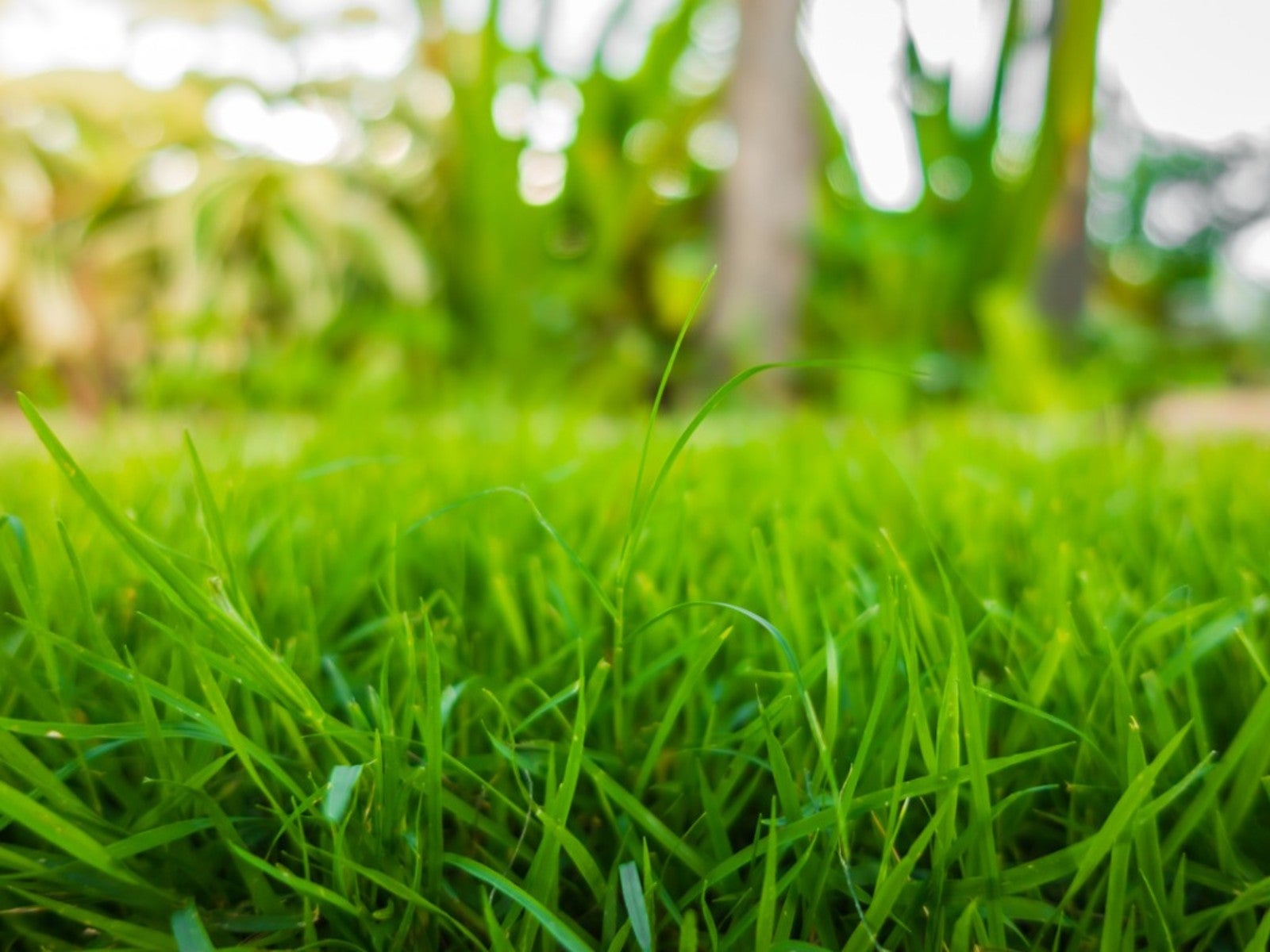 Sustainable Turf Species For A Greener Lawn
Sustainable Turf Species For A Greener LawnClick here for some of the most sustainable types of turf grass you can grow for an eco-friendly lawn.
By Bonnie L. Grant
-
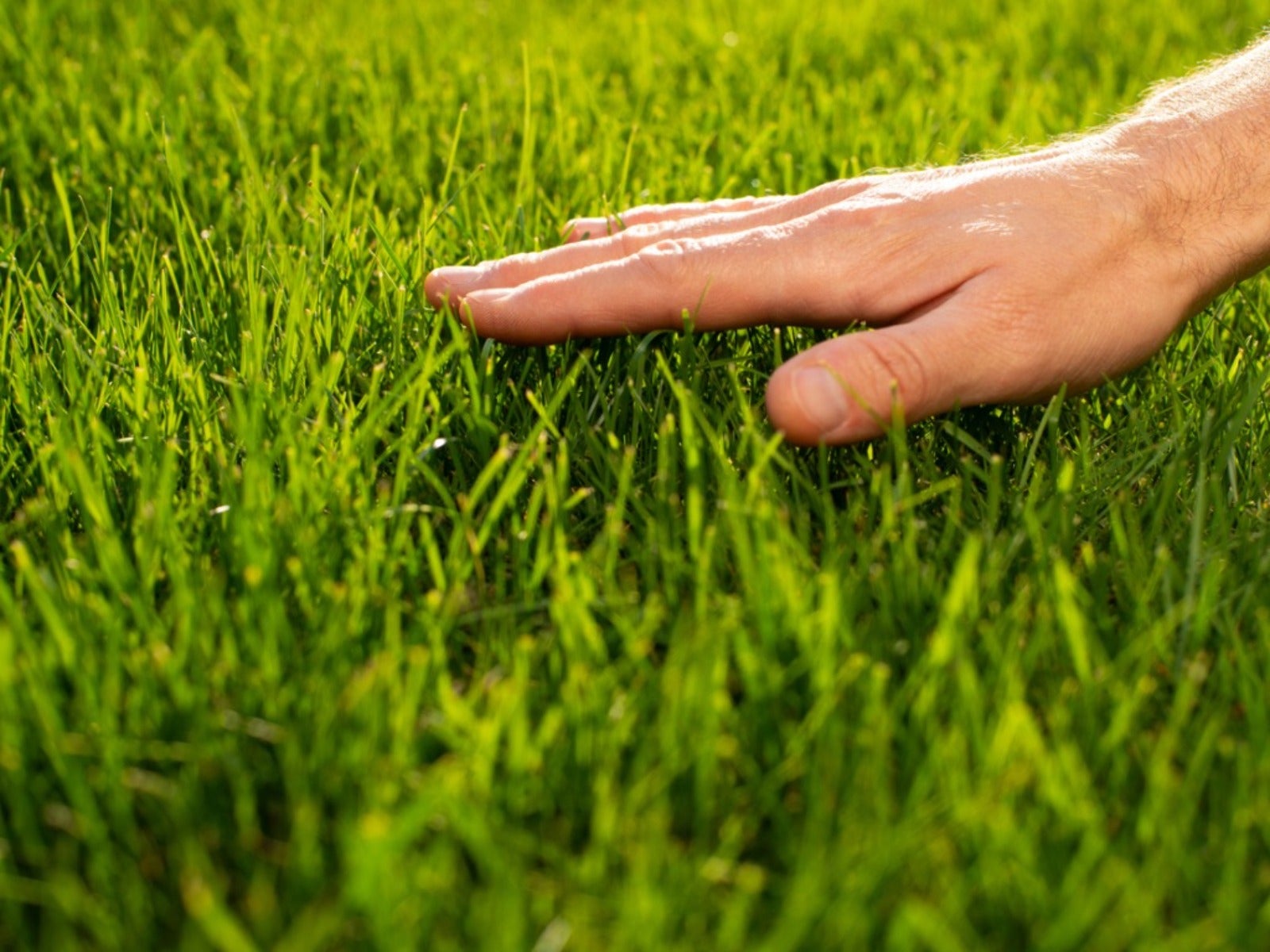 How To Grow A Sustainable Lawn
How To Grow A Sustainable LawnAdjust your thinking about a perfect green lawn and consider more sustainable methods. Click here to learn how.
By Mary Ellen Ellis
-
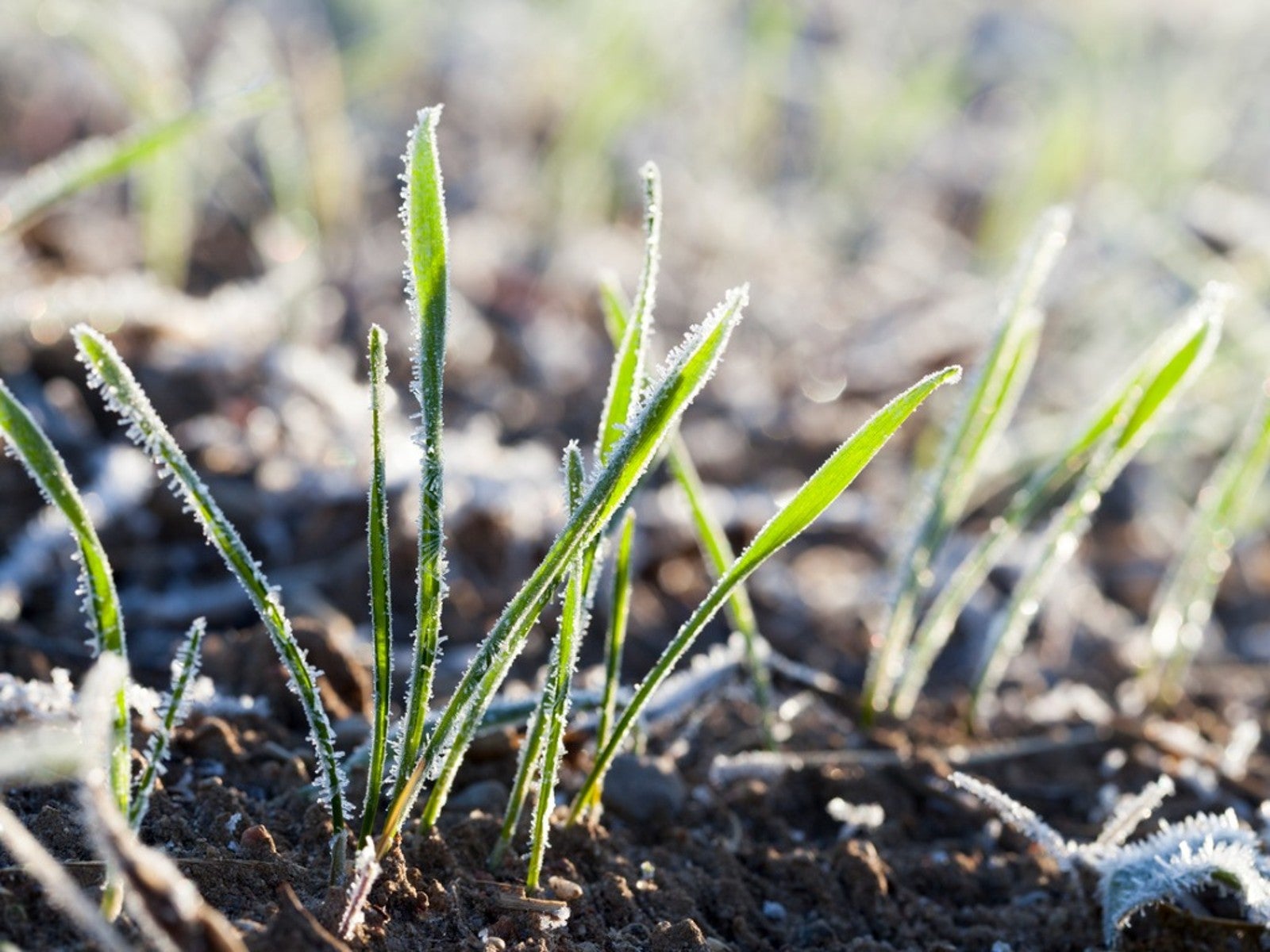 Will Frost Kill Grass Seed And How To Help New Turf Survive
Will Frost Kill Grass Seed And How To Help New Turf SurviveLearn how to help your newly sown grass survive frost and freezing weather.
By Amy Grant
-
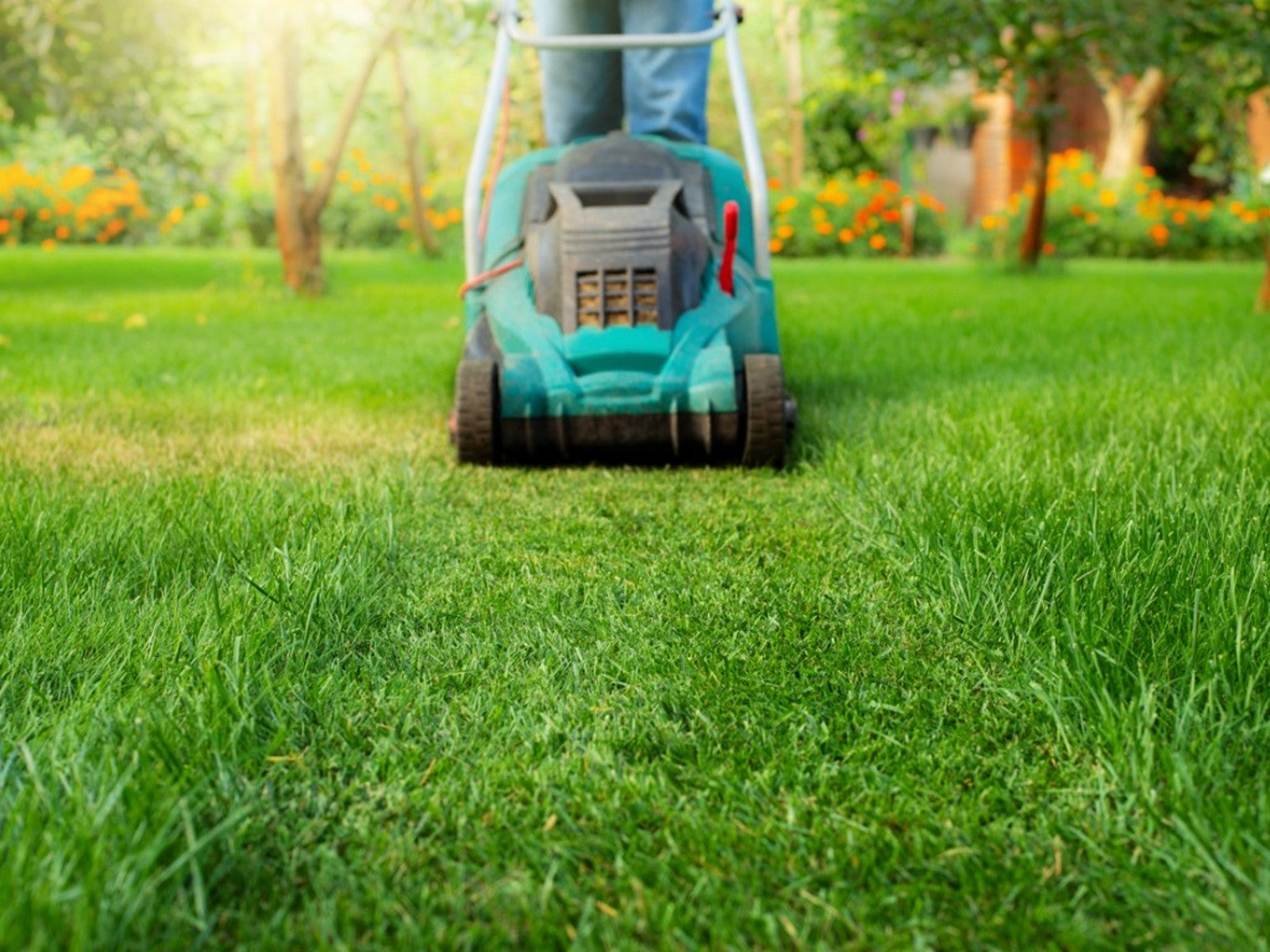 Lawn Problems That Aren’t Really Problems
Lawn Problems That Aren’t Really ProblemsYour lawn may not require as much work as you think. Learn which common problems aren’t really problems.
By Teo Spengler
-
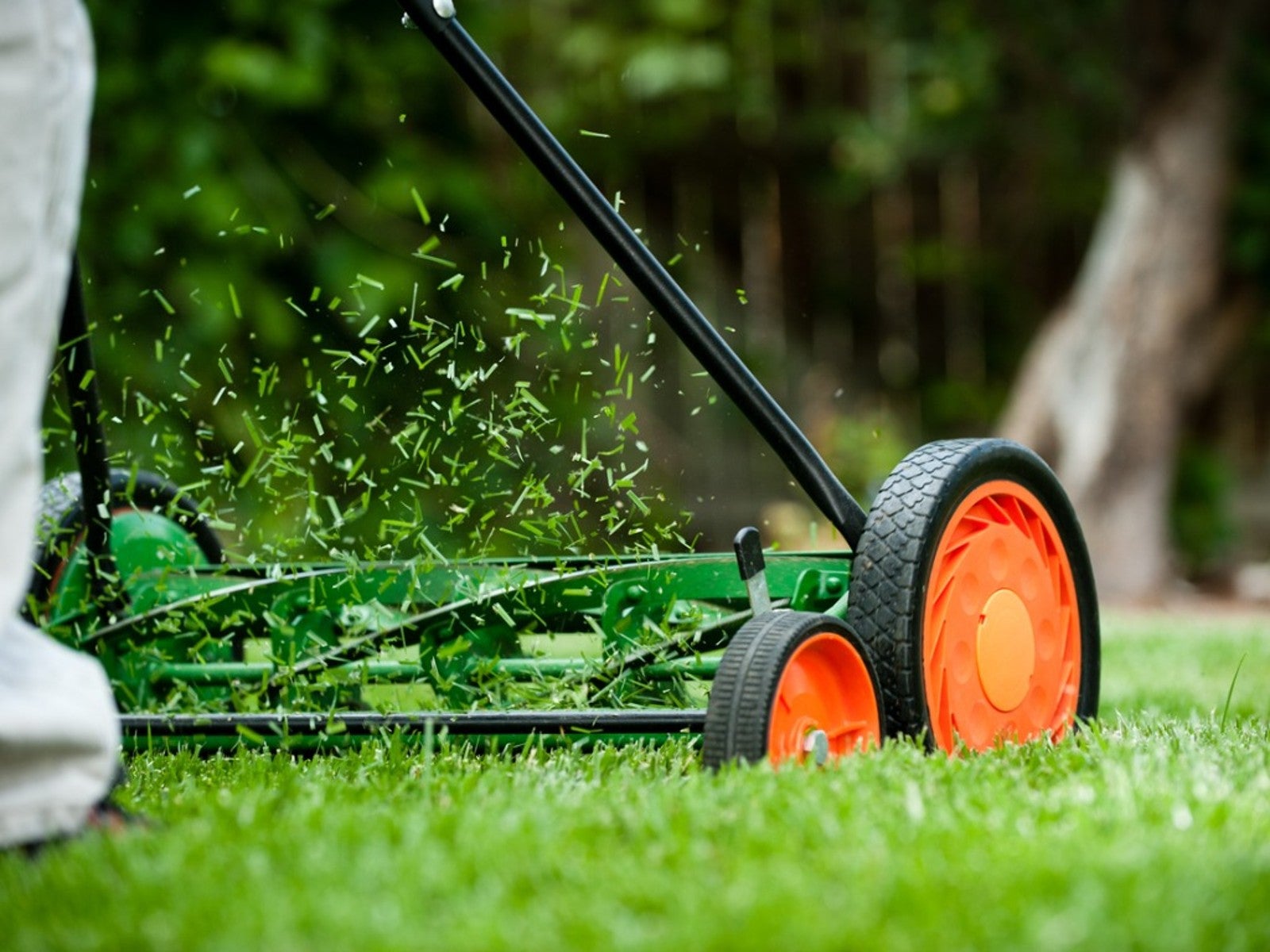 Why A Manual Push Mower Is Good For You And The Environment
Why A Manual Push Mower Is Good For You And The EnvironmentReel mowers are making a comeback, but why? Click here to learn about reel mower pros and cons.
By Amy Grant
-
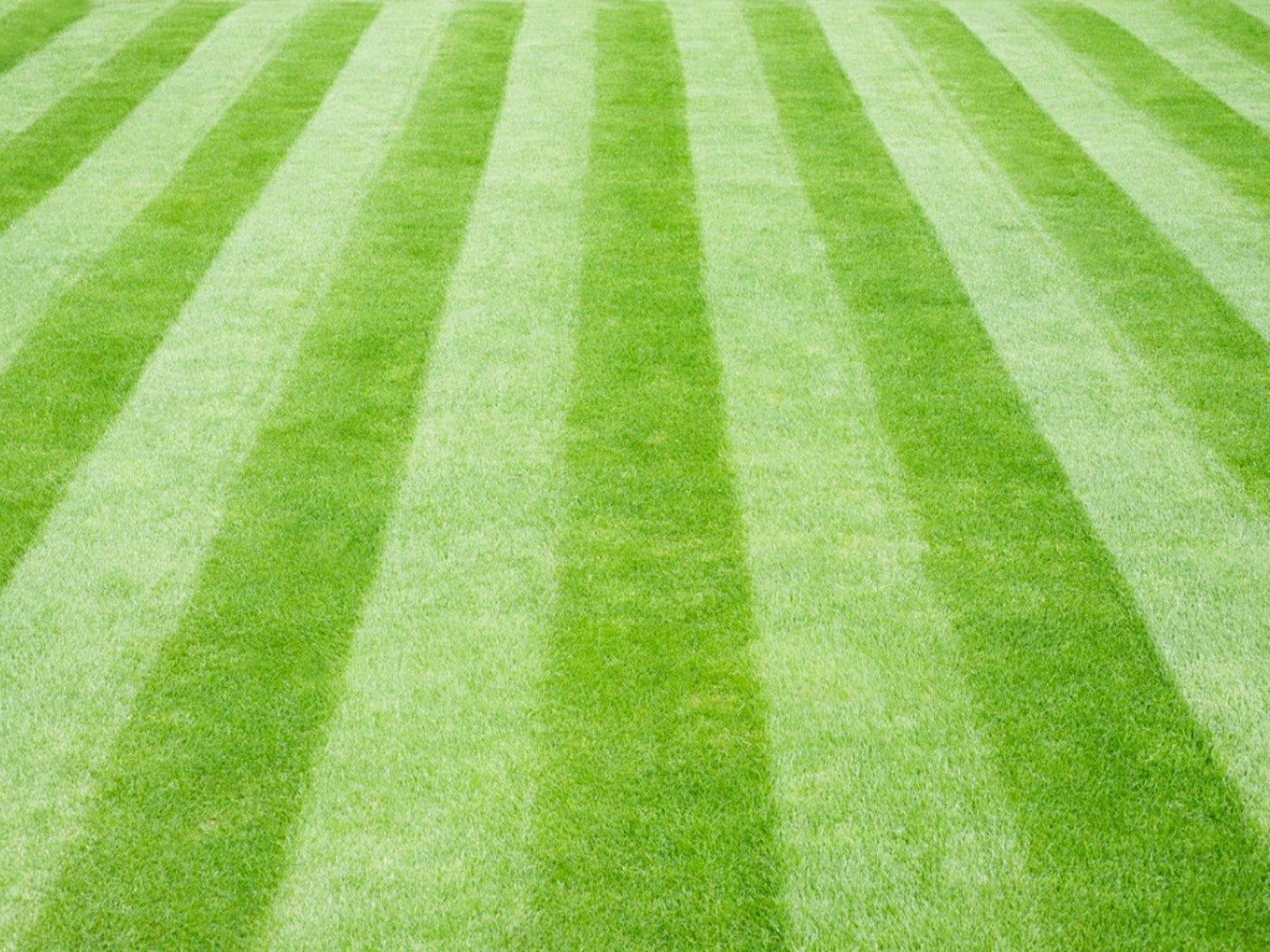 Tips For Mowing Stripes In Lawn
Tips For Mowing Stripes In LawnWouldn’t it be great to have stripes in your lawn like a sports field? Learn how here.
By Susan Albert
-
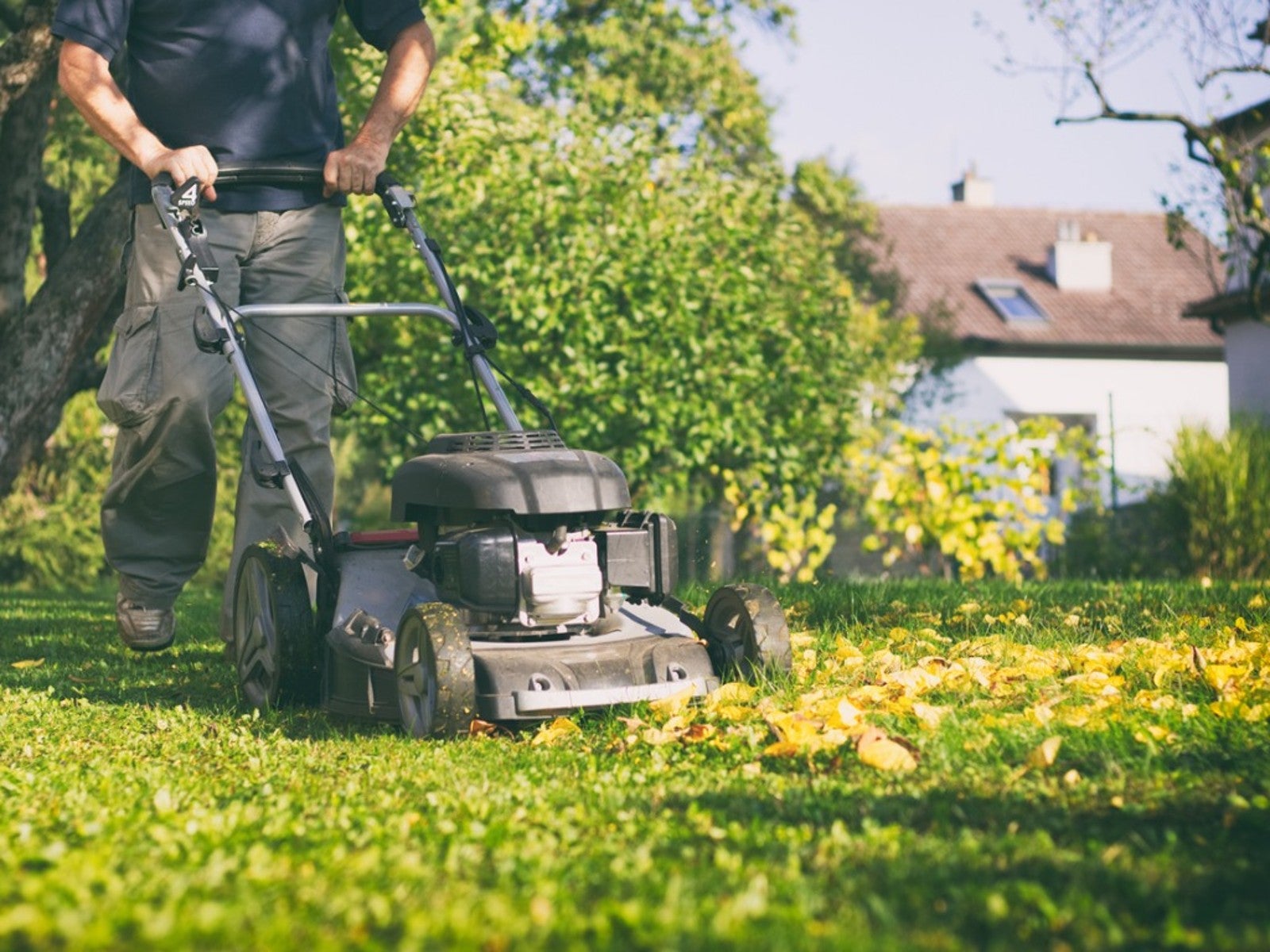 Late Summer Lawn Care Checklist
Late Summer Lawn Care ChecklistPlan to do some late summer care and maintenance of your lawn so it will be healthy and beautiful in the spring. Here are some tips.
By Laura Miller
-
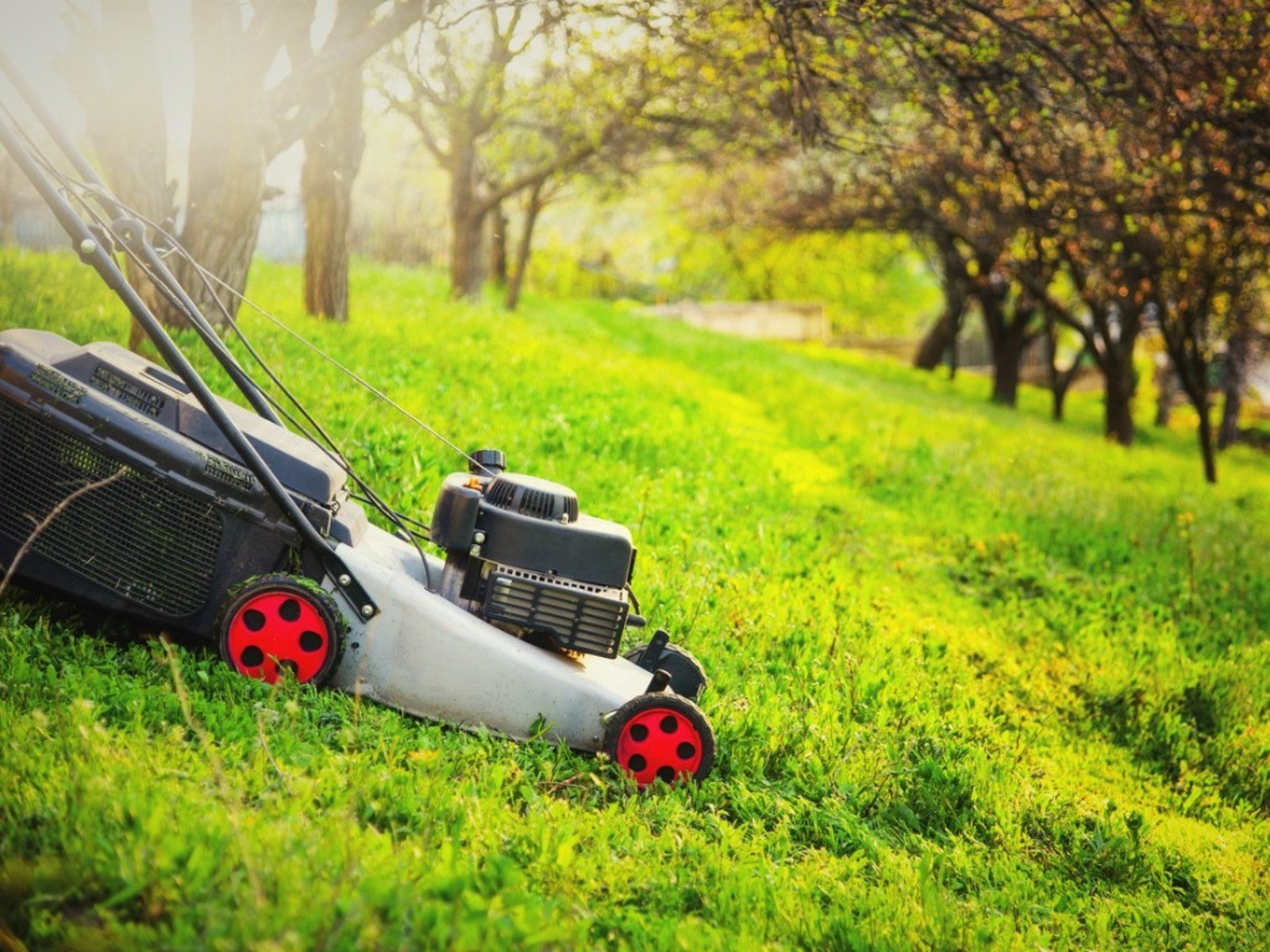 How To Cut Grass On A Steep Hill
How To Cut Grass On A Steep HillCutting grass on steep slopes poses some challenges and potential danger. These tips on cutting grass on a hill will make the task easier.
By Bonnie L. Grant